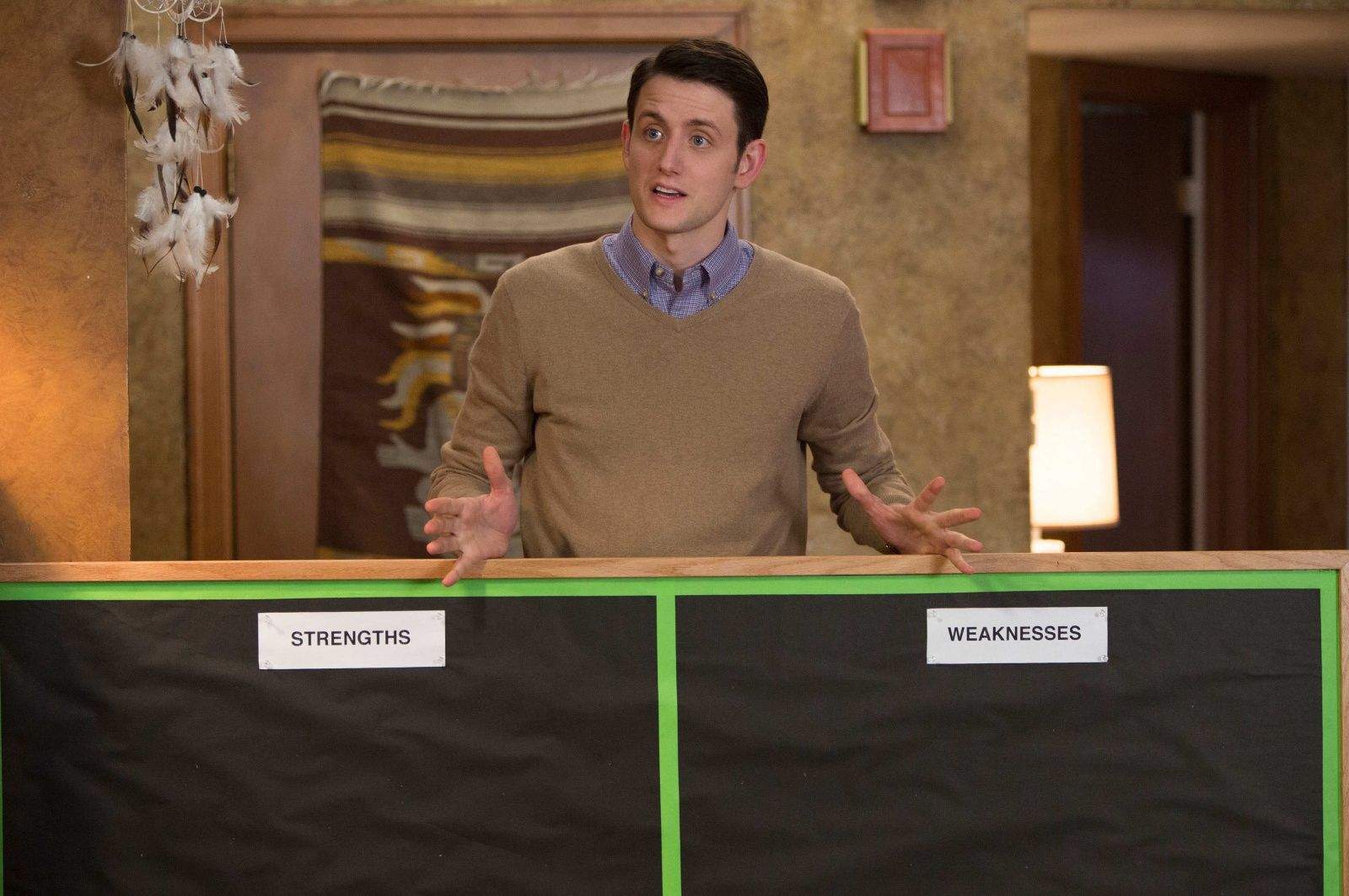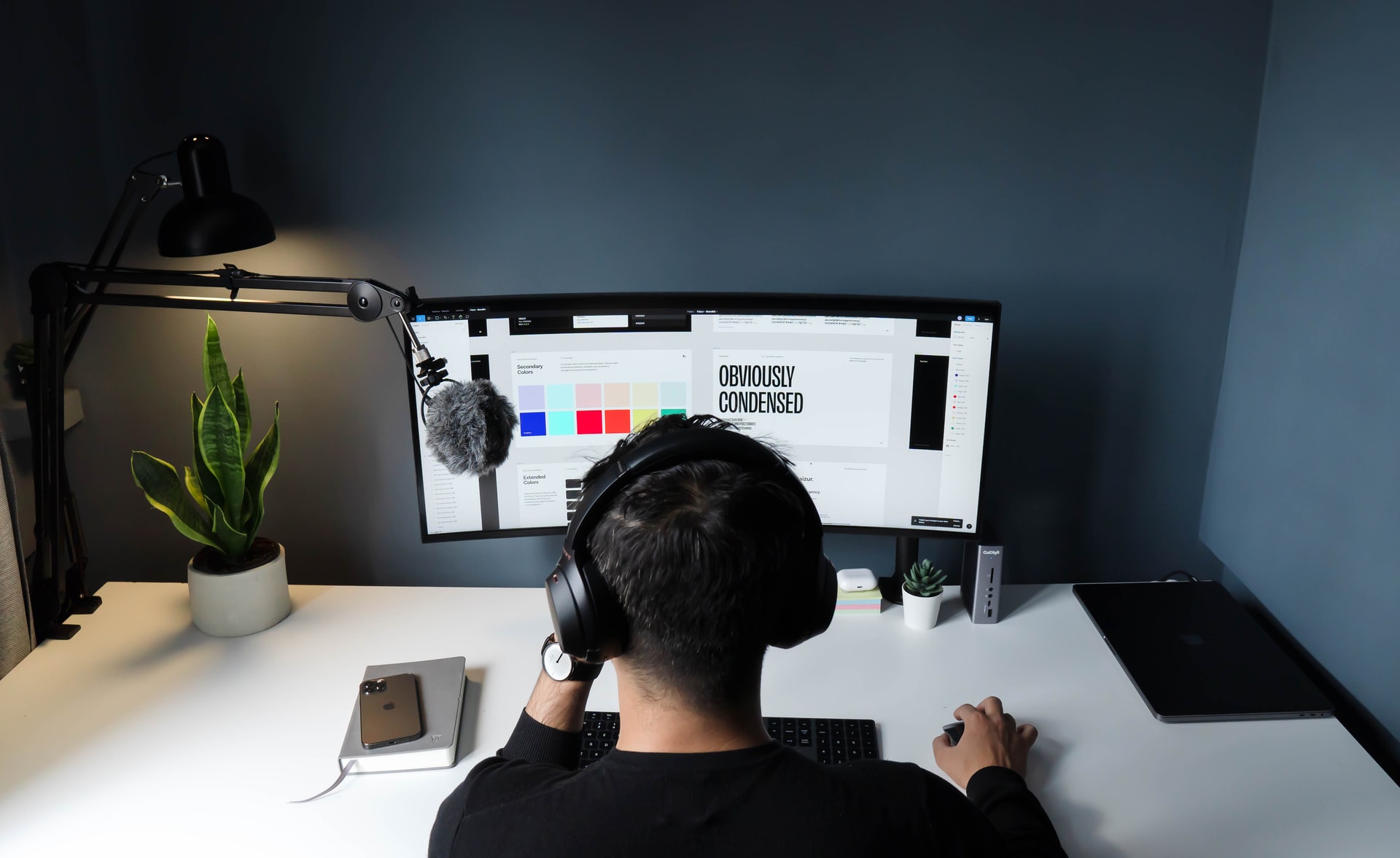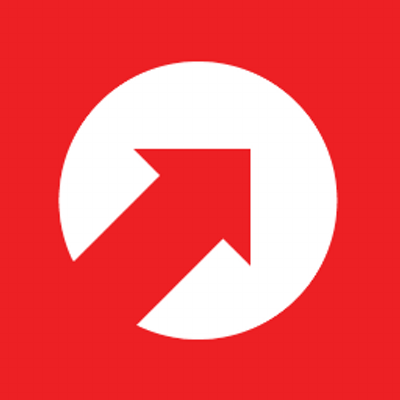(2022) Vital UX Designer Interview Questions to Know
Preparing for a UX designer interview is nerve-wracking for even the most confident designers. But what if you had a simple system to consistently ace any question that comes your way?

At DesignRemotely, a job board website that features some of the top remote design jobs, we understand the importance of acing your interview. That’s why we’ve created a detailed guide with a simple framework that you can apply to any question that may pop up.
Now, let’s look at some of the most common UX designer interview questions and how to answer them to make you stand out from the crowd. Let’s get started.
Answering UI/UX designer interview questions using the STAR method
The STAR is a simple framework you can apply to any interview questions requiring real-life examples. Let's take a look at how it works.
The STAR method:
- Situation
- Task
- Action
- Result
Situation
Describe when the situation happened, and who you were working alongside (if anyone). This sets the stage for the start of your structured response.
Don’t avoid scenarios where things didn’t go smoothly. Interviewers want to hear about how you perform under pressure as well.
Task
Describe what your tasks were in the scenario. In a UX designer role, this could take the form of detailed research, analyzing data, gathering client feedback, or wireframing.
Action
How did you set about completing the task you were assigned? Try to use examples where you went above and beyond or used your initiative to achieve a better or faster result.
Showcase scenarios where you overperformed in your duties. If you worked in a team, talk about how you collaborated to complete the task.
Result
This is your opportunity to tell the interviewers about the results of your actions. How did you positively affect the client, your team, or the project you were working on.
Try to provide measurable results here, things like money saved or time saved. If you can’t provide data then talk about client feedback and testimonials of your work.
Now you understand the framework, let's look at how you can apply it to your next UX design interview.
Example interview questions for a UX designer (plus answers)
Preparing ahead of time for your interview can be a lifesaver. As a UX designer, you’ll need to give examples of work from your portfolio, and most importantly, how your work benefitted the client, your team, and any other stakeholders.
If you’re an employer, you want to be sure you’re asking the right questions. According to a recent study, the ROI on successful UX investments is 9,900%, so picking the right candidate can transform your business.
UX and UI design interviews normally follow a similar structure which we’ve detailed below.
General UX design interview questions
Most interviews will start with some open-ended questions to get to know you, your skill set, and your suitability for the role.
Examples of general UX design interview questions:
- Tell me about yourself?
- What made you choose to become a UX or UI designer?
- What’s your greatest strength in UX design?
- Do you have a preferred design tool?
- What’s your greatest achievement in UX design so far?
Now let’s look at how you can apply the STAR technique to answer these queries and impress your soon-to-be new boss.
Here’s an example Q and A:
Question: What’s your greatest achievement in UX design so far?
Answer:
My role as a UX designer in the last four years has enabled me to work on a myriad of exciting projects, but there’s one in particular I’d love to share with you. Six months ago, I started a month-long project to wireframe a brand new mobile-ready website for a large E-commerce brand.
I focused on the end user and carried out focus groups to ascertain how the brands' customer demographic wanted to interact with the site. I implemented feedback from the end user into my wireframe designs for the client, ensuring the site was accessible and user-friendly. Six months after launch, the brand increased its online sales by 300% with the exact same product range.
Let’s break down how we used STAR to answer this question providing context and your results.
We described the situation (new project for a large E-commerce brand), task (create wireframes for their new mobile-ready website), action (carried out focus groups to find out exactly how the end user would like to browse and purchase), and result (a 300% increase in sales three months after launch).
This kind of response is undeniable to prospective employers; it shows experience, initiative, and a clear measurable result that can be easily understood by all.
Questions about your experience
This is your opportunity to tell your interviewers about your education, what you did in previous employment and how you maintain and grow your skill set.
Make sure to cater your answers to work that can be found in your UX design portfolio; ideally, each of your answers should be backed up by data or examples of work completed.
Examples of UX design questions about your experience:
- Do you have experience in UX design?
- Which parts of your education prepared you for this role?
- Which skills set you apart from other candidates?
- What’s your least favorite part of UX design work?
- Why did you pursue a career in UX design?
Here’s an example Q and A:
Question: Which parts of your education prepared you for this role?
Answer:
After deciding I wanted to pursue UX design as a career, I enrolled in a professional diploma at the UX Design Institute.
I completed the degree alongside part-time work so I could fund my learning. After six months, I completed the diploma and received a distinction for completing each course on the first try.
We described the situation (enrolling in a UX design diploma), task (complete a 6-month course), action (work a part-time job to allow you to work and study), and result (a distinction in your diploma).
As you can see in the example above, the STAR technique can be applied to most questions you’ll come across in your UX or UI design interviews.**
Questions about scenarios you’ve faced as a UX designer
Interviewers want to know how you perform under pressure as UX design comes with its own set of challenges. These questions are aimed at discovering how you face and overcome the obstacles you face.
Try to use examples of work or projects that deviated from your plan, required corrective action, and where you had to use your problem-solving skills to provide a solution.**
Example questions about UX design scenarios:
- Can you tell us about a project that didn’t go to plan?
- How do you deal with poor communication on the client side?
- What’s the biggest challenge you’ve encountered as a UX designer?
- Have you ever had to deal with negative feedback?
- Can you describe a scenario where you had to use your communication skills to resolve the problem?
Here’s an example Q and A:
Question: Can you tell us about a project that didn’t go to plan?
Answer:
In Late 2019, I started working on a project for a new marketplace app aimed at helping its users sell their unwanted vintage clothes. They needed to know how their target user wanted to interact with their app and highlight any issues they faced when using other online marketplaces.
Our candidates had all been selected, and we had a workspace booked out for the whole week to conduct focus groups. The week before the groups began, the whole country entered lockdown and effectively canceled the focus groups._
Rather than accept defeat, I created a short PDF detailing how to download and install Zoom across a range of devices and sent it out to our focus group candidates. Despite this last-minute change, we still achieved an 85% attendance rate and could continue with the project successfully._
We described the situation (focus groups organized to allow the project to move forward but canceled last minute), task (ensure the focus groups happen to avoid delays in the project), action (create a guide to allow candidates to access the focus groups virtually), and result (85% attendance despite barriers and continuation of the project as a whole).
How you react to difficult situations reveals your initiative and problem-solving abilities. These skill sets are key to effective UX design, so try to memorize some examples from previous projects in your portfolio.
Questions to ask at the end of your UX/UI designer interview
Wrap up your interview with some questions related to your role and display a deep understanding of the company you would like to work for. Potential employers are always impressed when you’ve taken the time to research their brand and business.
Find a UX Designer Job with DesignRemotely
Today, we’ve looked at some of the most common UX designer interview questions and how to answer them using the STAR framework.
Remember to plan ahead of time, and memorize several scenarios so you can back up your questions with real-life examples. From there, you’ll be well on your way to landing the UX designer job of your dreams!
Now that you’ve got a repeatable system you can use to ace your next UX design interview, head over to our jobs board to check out some exciting new roles in the UX/UI design sector.
More from our blog

(2022) How to Ace Web Design Interview Questions
Did you know that 94% of a website’s first impressions link to its design? As a web designer, you play a fundamental role in ensuring a high CTR for your client’s website and putting their site in the good books among users.

(2022) Vital Graphic Design Interview Questions to Know
Ready to ace your graphic design interview? Learn these common interview questions and check out our sample answers to land your next dream design job.
Get new remote jobs in your inbox for free
Latest jobs, interviews, articles and resources for Remote Designers sent to your inbox weekly.
We care about the protection of your data. Read our Privacy Policy.
Latest Jobs
- 10up
 Lead UX DesignerUnited States • Full-time
Lead UX DesignerUnited States • Full-time  Staff Product Designer, Organic for BusinessUnited States • Full-time$83,500 - $275,300
Staff Product Designer, Organic for BusinessUnited States • Full-time$83,500 - $275,300- Technovation
 Graphic DesignerUnited States • Full-time$60,000 - $65,000
Graphic DesignerUnited States • Full-time$60,000 - $65,000 - Mozilla
 VP, Product & Design, PocketUnited States • Full-time
VP, Product & Design, PocketUnited States • Full-time - OddballUX DesignerUnited States • Full-time